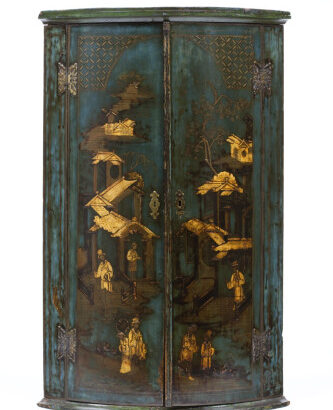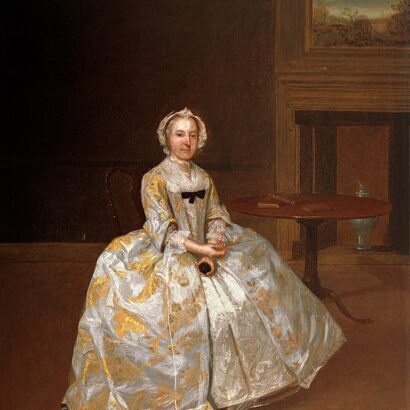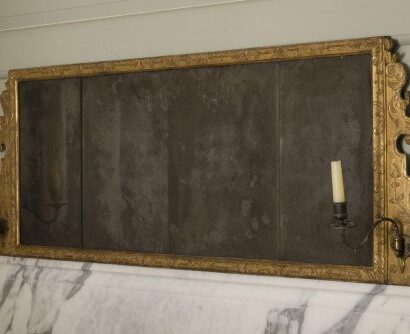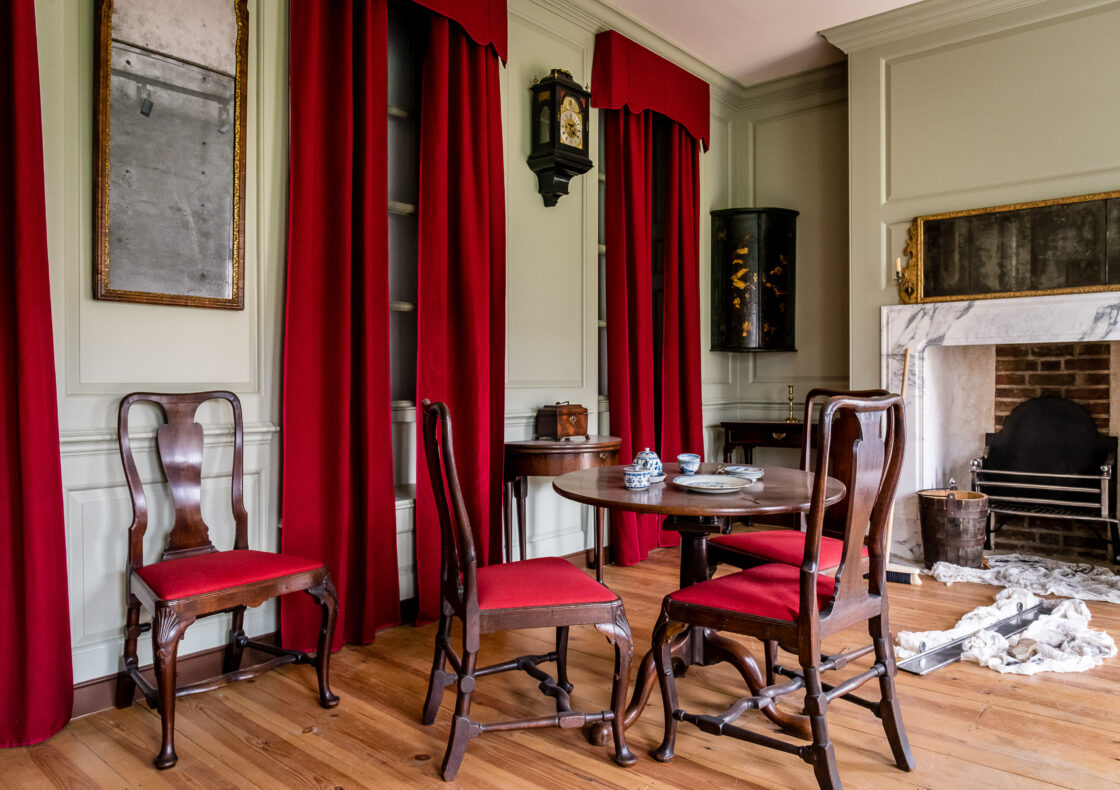A fashionable afternoon tea depended on products like tea leaves and sugar that came from Britain's growing and exploitative colonial empire.
On a spring morning in London, before the sun has even risen, two servants are hard at work.
It is an important day, the lady of the house is having friends over for afternoon tea and she wants the parlour to be sparkling clean so she can show off her home to her guests.
One maid is hard at work cleaning the grate and scrubbing the hearth while another is polishing the steel fender.
They need to hurry as they must still light the fire, and sweep and dust the room before the family wakes up.
Objects to look out for

Corner cupboard, 1720–1740
The decoration on this cupboard is known as japanning. It is made by applying layers of varnish and glaze to the surface of wood.
Corner cupboard, probably made in Europe c.1720- c.1740, Object number: 16/2006

Painting, Arthur Devis, about 1742
If you look closely at this painting, you can see that the furniture shown in the woman’s parlour is similar to the furniture in this room. The tripod table and India-back chairs were popular pieces in the mid-1700s, and were used to show a family’s status.
Portrait of a woman seated in a domestic interior, by Arthur Devis, c.1742, Object number: 71/1979

Mirror, 1720–1740
Horizontal mirrors over the mantelpiece were a new fashion in the mid-1700s. They were used to reflect candlelight, making the parlour twinkle and sparkle at night-time.
Mirror, c. 1725, Object number: 17/2006

Free digital guide
Explore Museum of the Home with our digital guide on Bloomberg Connects, the free arts and culture app.
